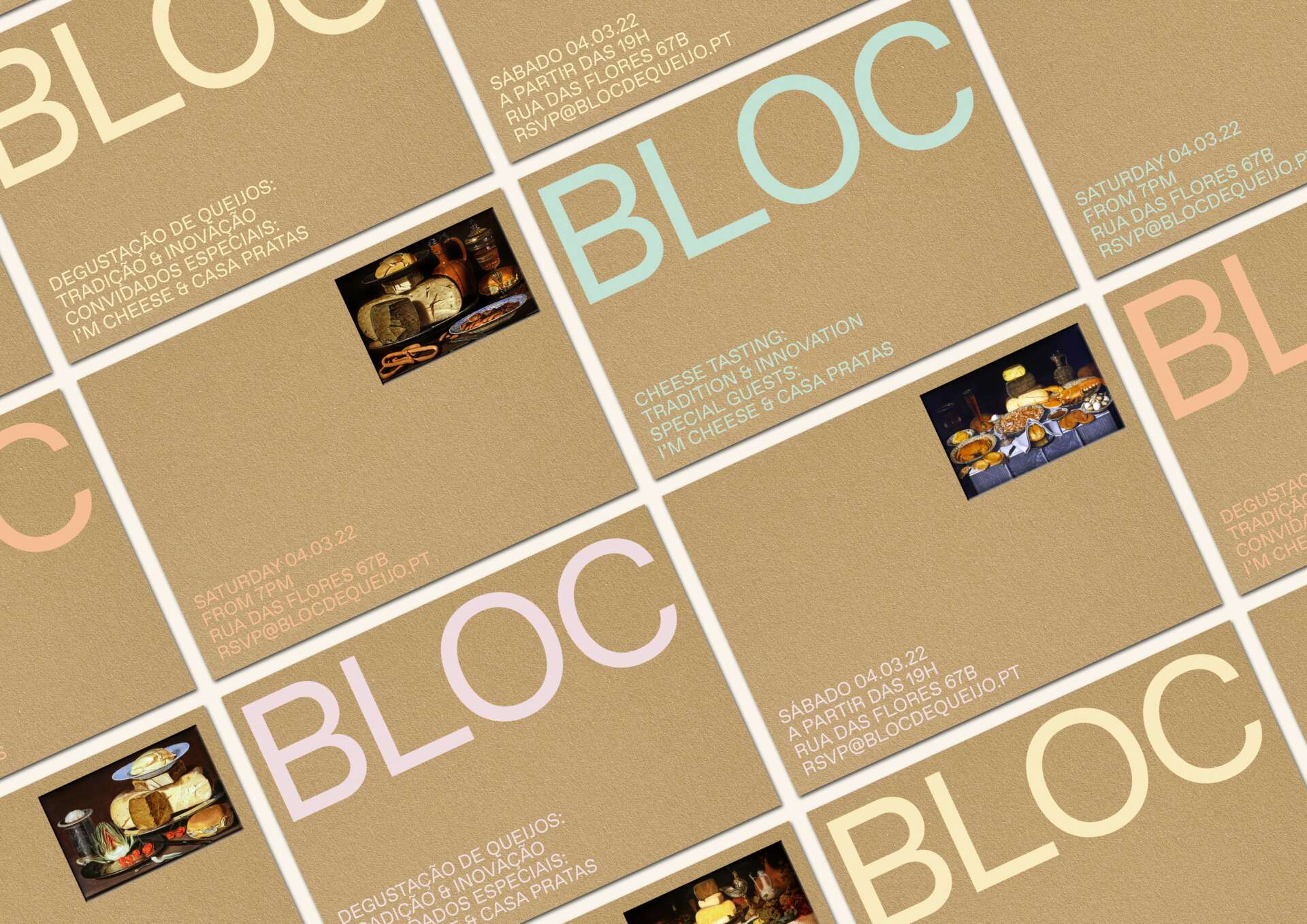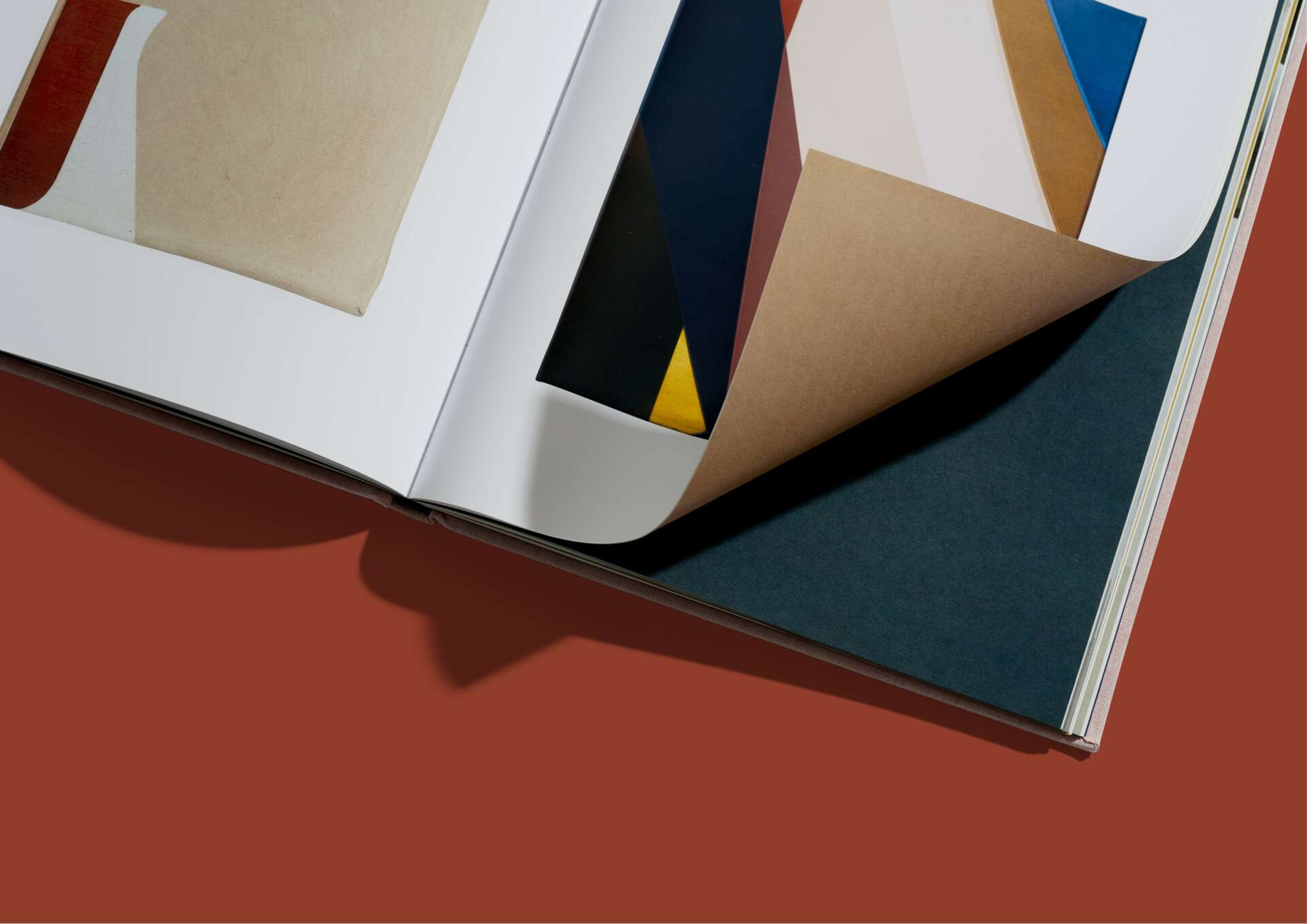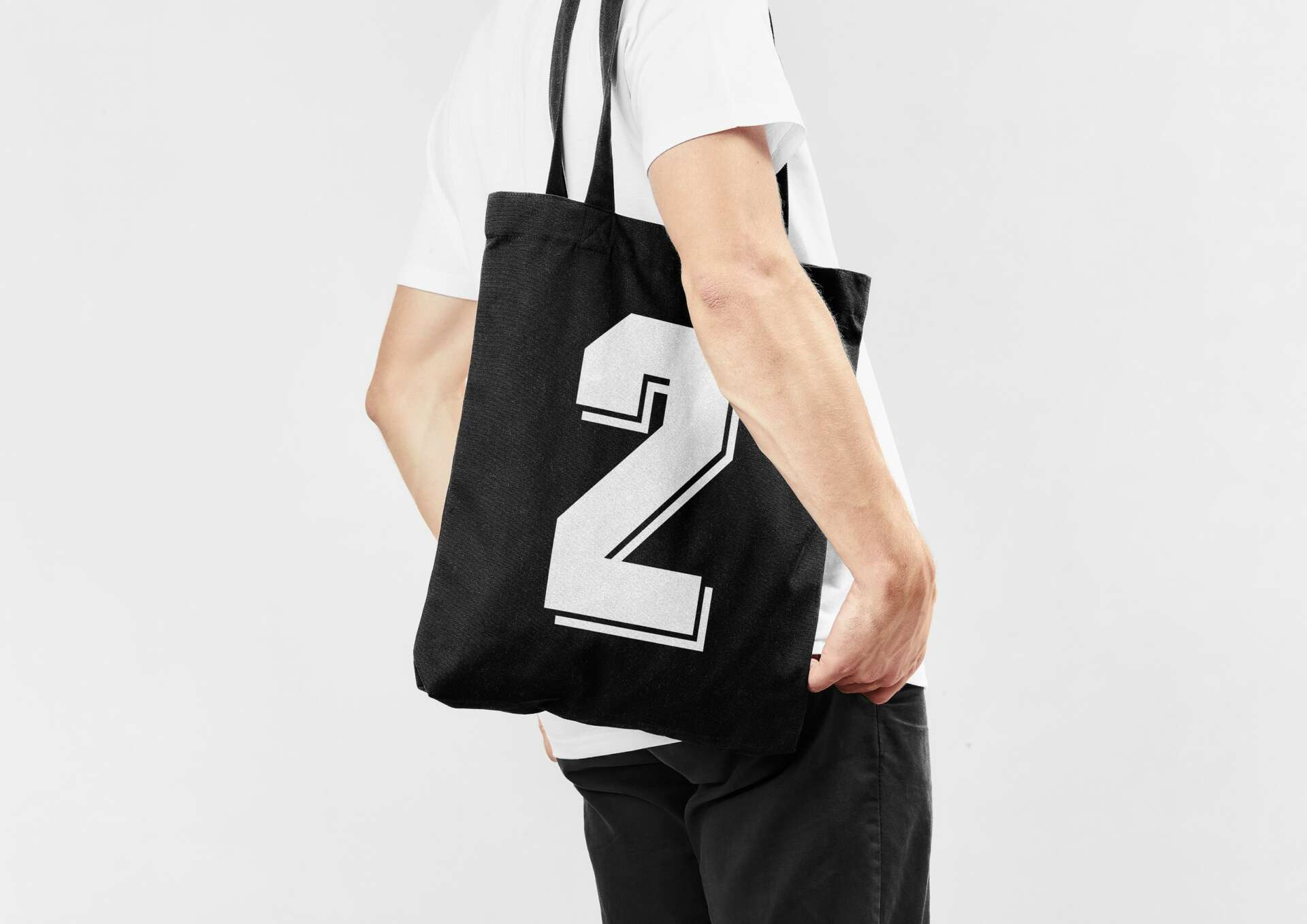Alright – so today we’ve got the honor of introducing you to Susanna Foppoli. We think you’ll enjoy our conversation, we’ve shared it below.
Susanna, thanks for joining us, excited to have you contributing your stories and insights. Can you talk to us about how you learned to do what you do?
My journey to be a graphic designer involved a combination of formal education, hands-on experience, and self-guided learning.
During my postgraduate course in visual communication, I had the opportunity to build solid foundations in design principles, theory and history, and to begin to explore my approach and dispositions, which I then applied and refined throughout my first roles.
However, my learning process extended far beyond education and the initial stages of my career – I find the journey of a graphic designer to be one of perpetual learning. Each day is a chance to absorb, apply, and evolve, and every project serves as an opportunity. The key is to remain curious and open to growth – learning from successes and mistakes alike, healthily questioning and refining one’s approach continuously.
Whilst graphic designers are expected to keep pace with the ever-evolving landscape of new tools, the essence of design goes far beyond technical proficiency. Design is about understanding context, handling content, thinking conceptually and strategically, editing and curating. It’s a nuanced balance between strategy and craft, form and function. As you progress through your career, especially if transitioning into running your own practice, you find yourself wearing a multitude of hats, in a role that should encompass skills like psychology, project management, financial acumen, and business development, to name a few.
The obstacles that perhaps posed some challenges throughout my learning journey have been time constraints and resource overload. In fact, balancing work commitments, personal life, and learning can be demanding. Furthermore, the abundance of resources and exposure to design outputs can lead to information overload and getting lost in aimless exploration. Focus and direction are fundamental to navigate within this landscape.
Seeking mentorship and engaging with peers and the design community can make a difference – in hindsight, it’s something I wished I had done more of early on in my career.


Great, appreciate you sharing that with us. Before we ask you to share more of your insights, can you take a moment to introduce yourself and how you got to where you are today to our readers.
Design as a discipline came relatively late into my life – coming from a small town in the North of Italy I wasn’t necessarily formally exposed to what graphic design is and therefore didn’t consider the possibility of undertaking it as an education and career path, at first. I studied philosophy instead, I did my bachelor in Italy, with one-year-Erasmus in Dublin, and my master in London, at UCL. Only after completing my degree in philosophy, I decided to study design at the London College of Communication.
I have then started my career working for a number of respected design studios in London including Pentagram, Browns, Studio Frith and Wolff Olins.
Now, I run my own independent design practice, working closely with clients and collaborators to create thoughtful and well-crafted design solutions. Alongside, I occasionally continue working with selective design studios and companies internationally on a project basis.
My experience spans from branding and visual identity to print and digital design for cultural, commercial and corporate clients. Informed by my background in philosophy, my approach is research driven and strategic – encouraging conversations and keeping an open and curious mind to challenge assumptions and reveal opportunities.
I have worked for clients such as National Portrait Gallery, Phaidon Press, Laurence King Publishing, Sadler’s Wells, Walter Knoll, Waitrose, Google and Uber.
I have guest lectured and mentored at LCC, Shillington, LCCA and the University of Greenwich, and I am co-founder of a small family-run food venture called Tiramisusi.


Do you think there is something that non-creatives might struggle to understand about your journey as a creative? Maybe you can shed some light?
I think there are several aspects of a design journey that might be challenging for non-designers to fully grasp.
First of all, the nature of design work itself can be elusive to define. It’s not always easy to articulate what we do in concrete terms.
Moreover, what non-creatives might struggle to grasp is the personal and immersive nature of the creative process. Design easily becomes an integral part of who we are. It can be difficult to detach from our work, as it’s often an extension of our thoughts, emotions, and identity. The level of detail we invest in our projects can influence how we perceive the world around us, turning even everyday observations into opportunities for inspiration.
This intimate connection to our work can sometimes border on obsession. It’s a passion that can keep us engaged late into the night, and the quest for perfection can become a bit of a curse.
Finally, unlike the well-defined and structured career trajectories found in corporate environments, creative careers are more often than not quite fluid, with blurred lines between job roles and moves driven by a deep-rooted passion for the craft and the pursuit of creative fulfilment – motivations that can be easily (and perhaps legitimately so) questioned by non-creatives.


What do you find most rewarding about being a creative?
Design, like philosophy, is wide and diverse. It’s an endless source of opportunities to explore and discover. No two days are alike, no two projects are identical, and no two solutions are the same. While this variety and unpredictability are those very aspects that can sometimes make the job challenging to keep up with, they also keep the journey stimulating.
The most rewarding moment is when you arrive at a solution that resonates and you learn to appreciate the ebbs and flows that took you there – moments of insight, defeat, adaptation, and growth.


Contact Info:
- Website: www.susannafoppoli.com
- Instagram: @susannafoppoli.design
- Linkedin: https://www.linkedin.com/in/susanna-foppoli-01188755/


